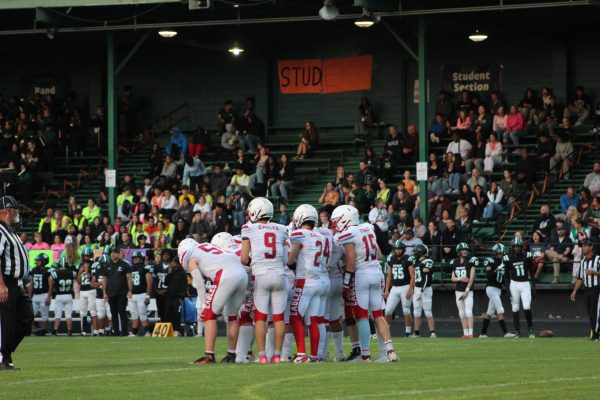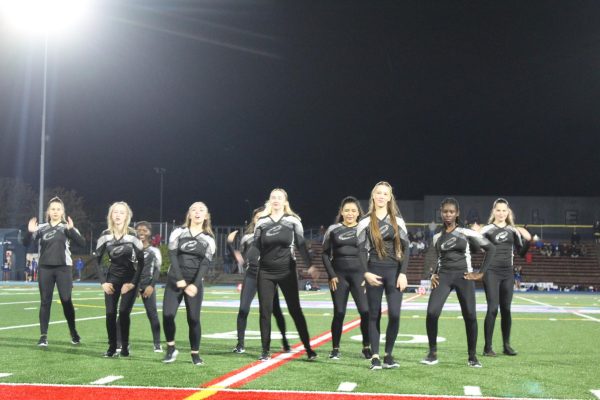The Labor Behind the World Cup
There is no doubt that many people love soccer, especially the World Cup. But behind all of the excitement and joy the FIFA world cup represents, it has a dark side that FIFA doesn’t talk about.
On December 2nd 2010, FIFA announced Qatar would host the 2022 FIFA World Cup. With that came the start of building stadiums, hotels for tourism, and airport expansion since Qatar didn’t have enough places to hold all of the fans that were going to attend the World Cup.
A stadium should have a capacity of 40,000 people, stadiums hosting quarter finals must have a minimum capacity of 60,000 fans & the stadiums hosting the opening or closing ceremony require a capacity of 80,000.
Most migrants working in the construction of the stadiums, infrastructure and hospitality were from south Asia. Seventy-seven% of the workers were migrants. The builders were promised a good pay, which sounded good for many migrants to have a greater income for their families in their home countries.
Once the migrants started working, they realized it was nothing like how Qatar had described it. Migrants working on the construction of the stadiums worked long hours in extreme heat with no breaks.
The houses where they stayed were unclean, and many people were assigned into one room where they could fit. Migrants earned $275 a month, but in most cases the paychecks were delayed. Employers took workers’ passports and basically took advantage of the workers since they could not go back to their home countries or change jobs without permission.
FIFA reported 6,500 migrants died working at Qatar due to excessive heat and the condition they were forced to work in. FIFA had to address the situation, and pledged to promote the protection of human rights. Qatar has also been linked with the discrimination of LGBT community and freedom of expression.
FIFA addressed this by explaining that Qatar is a conservative country and doesn’t approve of public displays of affection. To make everyone feel welcome, the soccer captains of seven European teams planned to wear rainbow armbands during Qatar’s world cup to promote a message to the LGBT community that they are welcome.
Most soccer fans love FIFA and all the excitement of the FIFA World Cup. However, FIFA also created a depressing side to all of the families who lost a member due to them working at the construction of the stadiums and many fans still don’t know how or who installed the chairs where they sit during a game.
As much as fans love soccer and FIFA, we should all start paying attention to what goes behind all the happiness of soccer. Human rights is something that we can’t ignore. They should also show the hard work that goes behind it and be honest about the difficulties they also encounter.











